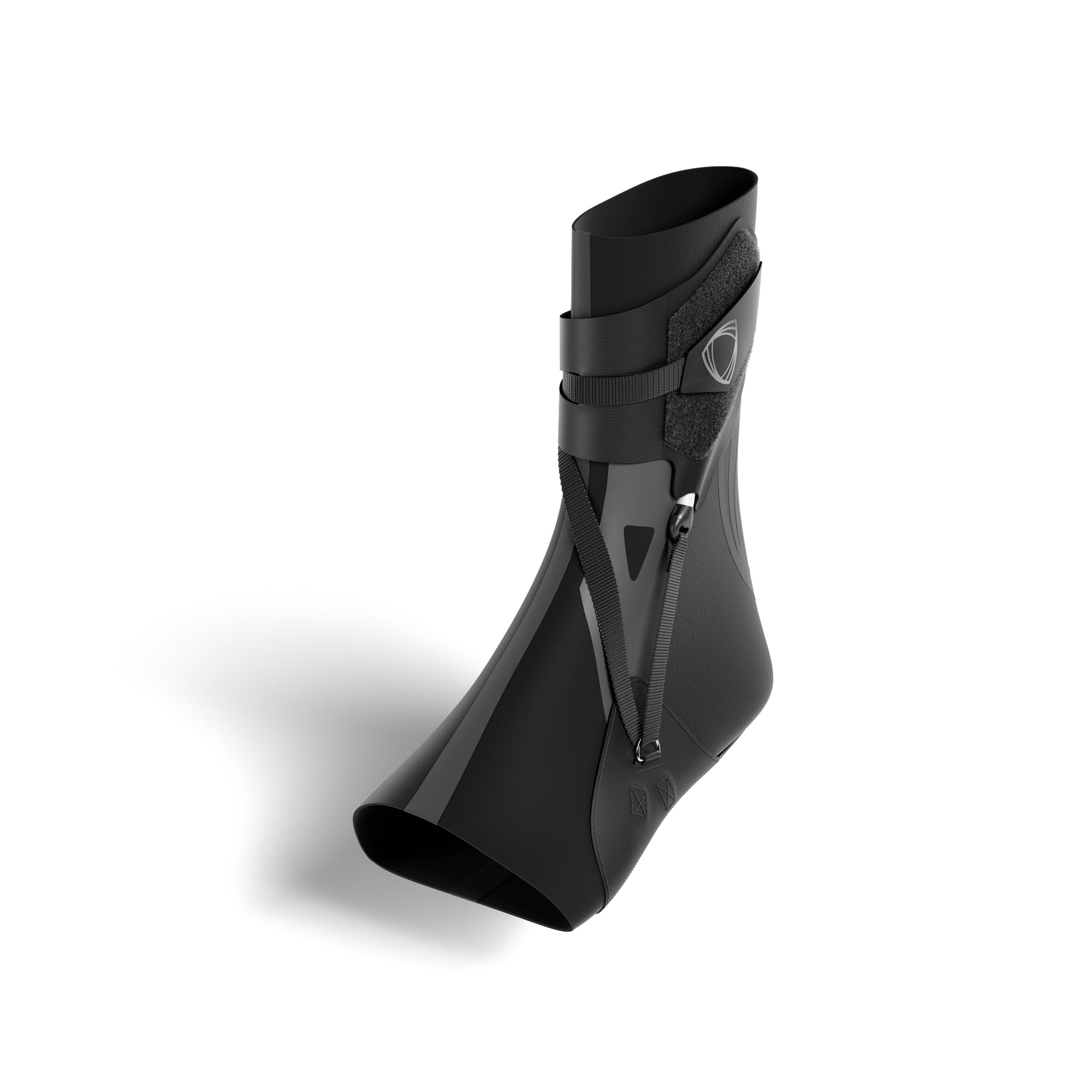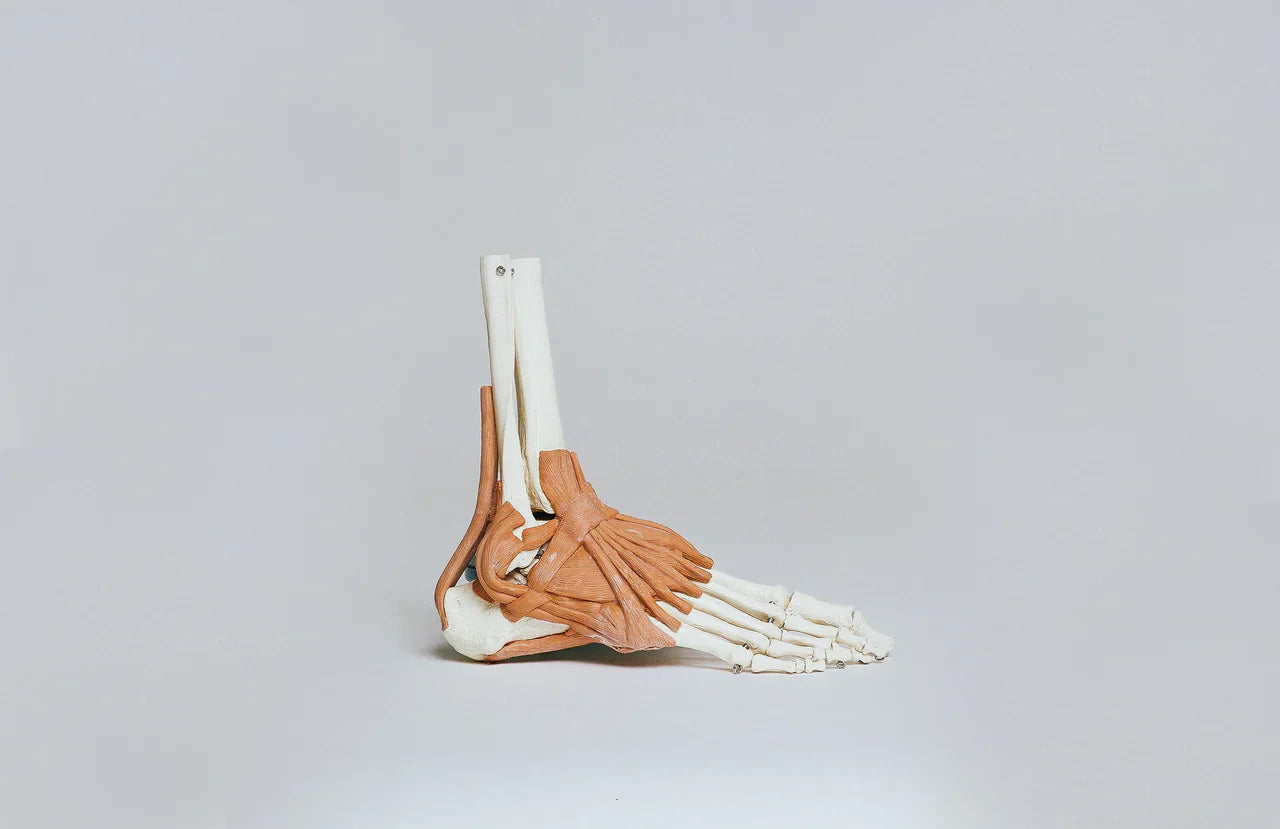It can be difficult to diagnose the difference between a broken and a sprained ankle. Sprained and broken ankles can cause similar symptoms such as pain, swelling, and difficulty walking. However, the treatment options for a sprained ankle and a broken ankle may differ, so it is important to know the difference.
Understanding ankle injuries
Foot and ankle injuries are common among athletes who engage in physical activities such as running and jumping. Ankle fractures and sprains are particularly common in basketball , soccer, and volleyball players.
According to the Hashtag Basketball database, which records the causes of more than 4,000 game absences by NBA players since 2010, only one injury occurs more frequently than a sprained right ankle: a sprained left ankle. During this period, ankle injuries cost players a cumulative 15 years of playing time. Each season, 25% of NBA players suffer an ankle sprain.
What causes a broken or sprained ankle?
A sprained foot can have several causes. If the ligaments in the ankle are stretched or torn, the ankle is sprained. A ankle sprain can occur whenever the ankle twists or turns awkwardly. A broken ankle, on the other hand, occurs when one or more bones in the ankle are broken. A broken bone can be caused by a fall, a twisting motion, or a direct blow to the ankle.

Symptoms of a broken ankle vs. sprains
Below, we will go through the individual symptoms.
Symptoms of a broken ankle
The symptoms of a broken ankle can vary depending on the severity of the injury.
Some common symptoms are:
- Severe pain: Immediately after the injury, the pain from a broken ankle is severe and intense.
- Swelling: Usually accompanied by bruising and sensitivity to pain.
- Bruising: Mild to severe bruising may occur on the ankle, foot, or lower leg. Inability to bear weight: The ankle hurts when you stand or put weight on the affected ankle.
- Deformation: In some cases, a broken ankle can cause the ankle bone to shift, resulting in visible deformation of the ankle.
Symptoms of a sprained ankle or foot
The severity of a sprained ankle can vary from mild to severe, depending on the extent of the injury. Mild sprains may cause only slight discomfort, while severe sprains can make it difficult to put weight on the affected ankle or to walk. The most common symptoms of a sprained ankle include:
- Pain: Depending on the severity of the injury, it can be mild or severe. Pain in the ankle is usually felt on the outside of the ankle and may be accompanied by a cracking sound.
- Swelling: Swelling usually begins within a few minutes of the injury and can last for several days.
- Bruising: Mild to severe bruising may occur on the ankle, foot, or lower leg.
- Difficulty walking: Standing and walking on the affected ankle may be difficult, depending on the severity of the sprain.
Sprained and broken ankles compared
Although they share some symptoms and treatment options, there are some important differences between ankle sprains and fractures that are important to note.
Range of motion of a sprained foot
One of the biggest differences between a sprained and a broken ankle is the range of motion. With a sprain, the ankle is swollen and painful, but can still be moved to a certain extent. Experts often recommend keeping the ankle moving to prevent stiffness and promote healing.
A broken ankle can be so painful and swollen that it is difficult or impossible to move. In some cases, the ankle may be deformed or misaligned, which is a clear sign of a broken bone.
Weight-bearing capacity of a sprained foot
Another important difference between a sprained and a broken ankle is the ability to put weight on the affected foot. With a sprain, it is usually possible to put weight on the ankle, even though this may be uncomfortable or painful. With a broken ankle, on the other hand, it is often much more difficult to put weight on it. Depending on the severity of the fracture, it may not be possible to put any weight on the affected foot at all.
Treatment options for sprained ankles vs. broken ankles
Below, we will go through the treatment options.
Sprained ankles
The treatment of a sprained ankle depends on the severity of the injury. In most cases, you can treat a sprained ankle at home with rest, ice, compression, and elevation (RICE). You can find out more in our linked article.
Sometimes surgery is necessary to realign the bones and ensure proper healing. In most cases, we need to immobilize the ankle joint so that the bones can heal properly. This can be done with a cast, a rigid splint, or a walking boot.
Ankle specialists may also recommend physical therapy as part of the treatment plan for a broken ankle. Proper care and treatment can improve the range of motion and strength of the ankle. Physical therapy supports the healing process and prevents future injuries. Depending on the severity of the injury and the stage of your recovery, an ankle brace can support the joint and prevent further damage. It is important to find an ankle brace that allows mobility during the recovery process. It is important to find an ankle brace that allows mobility during the recovery process. Traditional rigid and laced ankle braces can hinder the rebuilding of strength and movement in the joint.
If an ankle injury is treated promptly and correctly, it can heal within a few weeks. However, if the injury is severe or not treated properly, it can lead to chronic pain, instability, and other complications. Up to 72% of NBA players who have suffered a single ankle sprain later report symptoms of chronic ankle instability.

The BetterGuard is the only adaptive ankle brace on the market. Unlike other braces, it offers full mobility during the recovery process while preventing injury by providing responsive support. A recent study shows that players wearing the BetterGuard can return to play 34% faster than with conventional healing methods.






